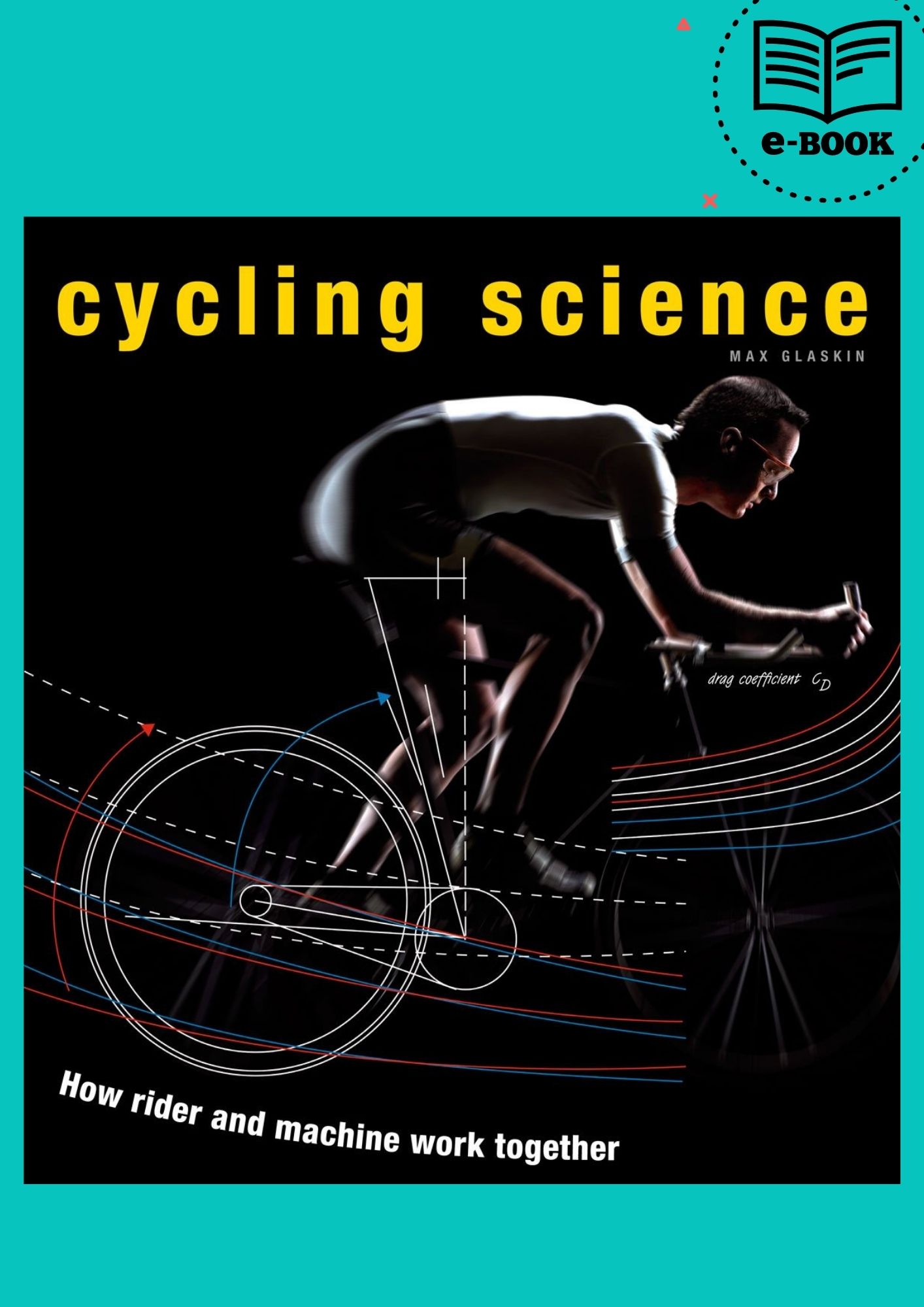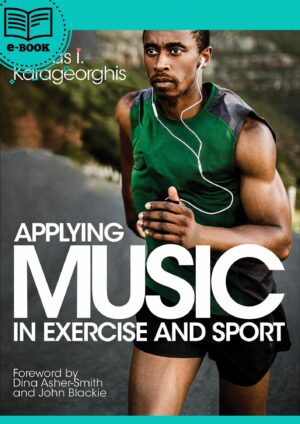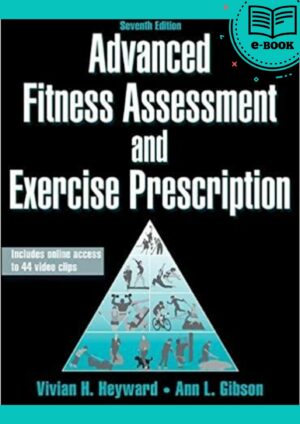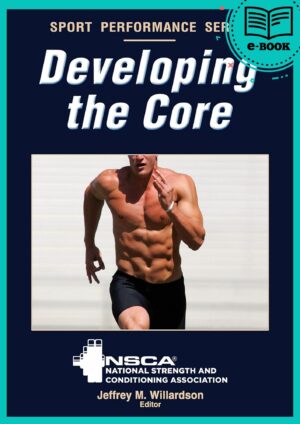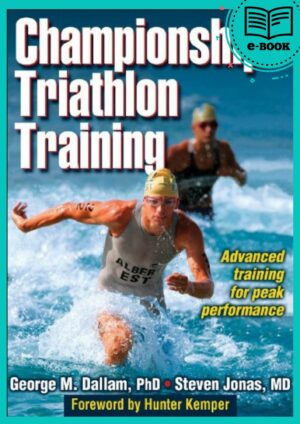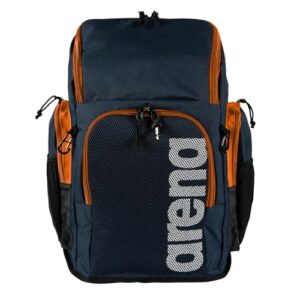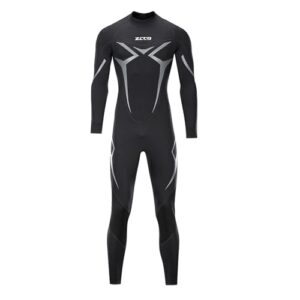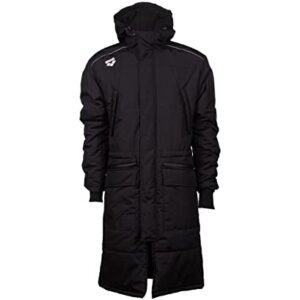Cycling Science: How Rider and Machine Work Together
Cycling Science Every July hundreds of thousands flock to the Champs-elysees in Paris–and millions more to their televisions and computers–to witness the dramatic conclusion of the grueling three weeks of the Tour de France. There is no better measure of the worldwide love of the bicycle. But of the 1.2 billion cyclists traversing the world’s roadways and trails, few of us take the time to consider the science …
200 en stock
€ 9.00

Every July hundreds of thousands flock to the Champs-Élysées in Paris and millions more to their televisions and computers to witness the dramatic conclusion of the grueling three weeks of the Tour de France. There is no better measure of the worldwide love of the bicycle. But of the 1.2 billion cyclists traversing the world’s roadways and trails, few of us take the time to consider the science behind the sport. The simple process of getting about on two wheels brings us in touch with a wealth of fascinating science, and here journalist Max Glaskin investigates the scientific wonders that keep cyclists in their saddles.
Cycling Science tours readers through a wide variety of topics, from tire rolling resistance and the difference between yield strength and ultimate strength, to the importance of aerodynamics and the impact that shaved legs have on speed. Each chapter explores a different subject fundamentals, strength and stability, materials, power, aerodynamics, and the human factor and is organized around a series of questions: What is the ideal frame shape? What is the biggest source of drag? What keeps a bicycle from falling over? How much power can a cyclist produce? Which muscles does cycling use? Each question is examined with the aid of explanatory diagrams and illustrations, and the book can be used to search for particular topics, or read through for a comprehensive overview of how machine and rider work together.
Athletes have much to gain from understanding the science of their sports, and Cycling Science will be a must-read for cyclists of all stripes professionals, recreational riders, and anyone seeking to enhance their enjoyment of cycling.
Chapter 1: fundamentals
What are the forces acting on a bicycle?
Equipment: the bicycle
How efficient is cycling?
What is the most efficient design?
Photo feature: conservation of energy
How does bike geometry relate to gender?
What is the environmental impact of cycling?
How does cycling benefit the cyclist?
What are the risks in travelling by bike?
Equipment: suspension
How much power can a cyclist generate?
How can i compute the power output?
Does a tandem have scientific advantages?
Chapter 2: strength & stability
How can i calculate the stresses of riding?
How important is the elastic limit of materials?
Can a good young’s modulus help give a better ride?
How important is ultimate tensile strength?
Equipment: the shape of the frame
Is there an optimum frame shape?
How can i calculate the perfect fit?
How much energy does a frame absorb?
Photo feature: controlling the forces
Does suspension make a significant difference to efficiency?
What are self-stabilising dynamics?
What are the forces that affect cornering?
Equipment: folding bicycles
What is the effect of an extra wheel on stability?
Chapter 3: materials
Which matter is used to make bicycles?
Why are metals strong?
What difference does alloying metals make?
Equipment: the frame
How is mechanical stiffness related to tube diameter?
How are solid metals joined?
Equipment: frame tubes
What is a polymer?
How are composites constructed?
What role do liquids play in cycling?
Photo feature: defeating the atmosphere
How do gases affect riding?
What’s plasma – and could it make me faster?
Chapter 4: power on
How does a bike turn effort into speed?
What is the power interface between human and machine?
How does gearing help efficiency?
Equipment: derailleurs
How efficient is a bike chain?
Is wheel weight important?
How do tensioned spokes make the wheel work?
Equipment: the wheel
What part does the tyre play in moving the bike forward?
Why do different brakes slow more or less effectively?
How does mechanical advantage aid braking?
Photo feature: mixing and matching
How do bearings reduce friction?
Chapter 5: aerodynamics
Why bother with aerodynamics?
How are aerodynamics assessed?
How does the air flow around a cyclist?
Equipment: recumbents
How can a rider reduce their own air resistance?
Can arms and hands affect aerodynamics?
Photo feature: descenders beat climbers
How does an aerodynamic helmet work?
Does an aero frame make a difference?
Equipment: track design
How do wheels affect aerodynamics?
What is the advantage of riding in the slipstream of another bike?
Chapter 6: human factor
How does a cyclist’s body work?
How does my brain help me ride?
How do a cyclist’s muscles behave?
Equipment: clothing
How are muscles fuelled?
What is the fast and slow twitch?
Photo feature: it’s all in the head
How does breathing affect cycling?
What are the effects of altitude training?
Is my heart critical for peak performance?
How does ‘blood boosting’ work?
Does skin really affect riding efficiency?
Equipment: the human body
Which is the most effective way to ride faster?
Informations complémentaires


